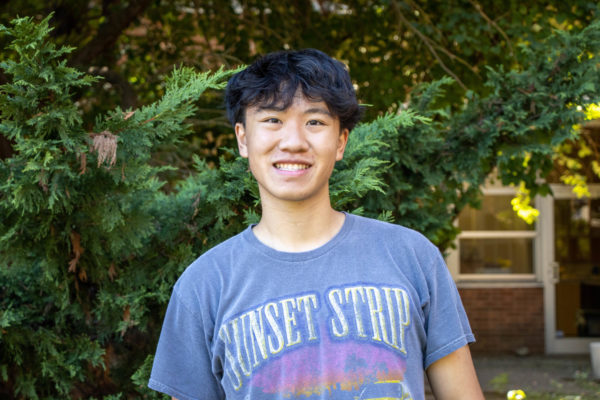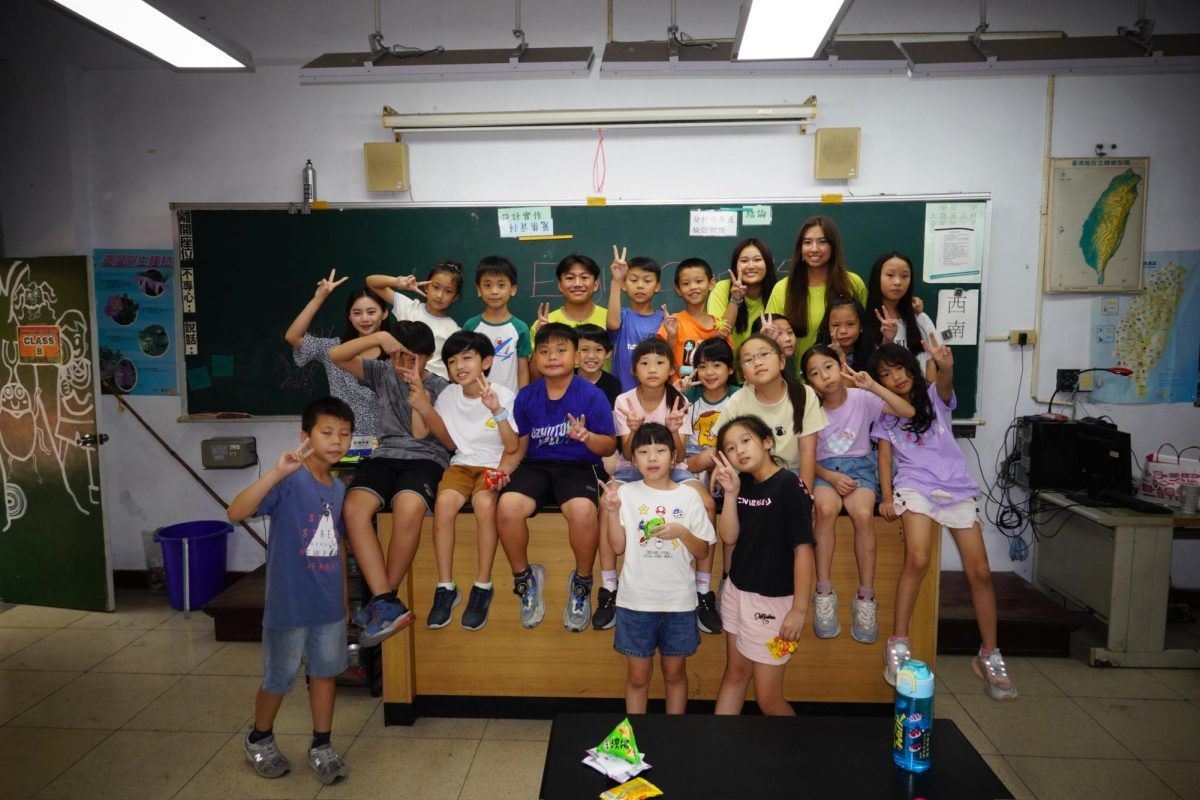By George Zhang, Co-Staff Development Coordinator
It is 2:30 a.m. in the brisk fall twilight. The shutter of sophomore Anthony Zhang’s Sony Alpha 6400 mirrorless camera snaps shut. Gazing up at the night sky, he takes a moment to absorb the beauty of the vast space above him and goes back to work.
Zhang first noticed Arizona-based photographer Andrew McCarthy’s astrophotography posts on X, formally known as Twitter, and was impressed by the unique form of photography. Wielding his camera, he sought to recreate these shots.
“I saw posts of astrophotography, and I was like, ‘That’s so cool. Can I do that?’ And so I started using my parents’ camera and experimenting with it, looking at YouTube tutorials and figuring out how to use it. Then, I went onto more specific space photography tutorials,” Zhang said.
Zhang feels that astrophotography is slightly more challenging than other forms of photography such as landsscape or sports since there is a complete absence of sunlight while focusing on the night sky. He said a challenge he faces is the need to account for the stars’ movement across the sky.
“I take hundreds of short exposure photos because there’s so little light and there’s a lot of noise,” Zhang said. “There is a process called stacking where I reduce the noise and bring out the detail.”
Zhang’s favorite part of astrophotography is post-processing in which he utilizes Adobe Photoshop to enhance his images. He views his work as a journey of personal development and hopes to one day share it with the world.
“I really like (how) on the editing side I can take these photos and really put life into them. After stacking all of these images where you can barely see anything and doing hours of editing, you can bring out an amazing result,” Zhang said. “Maybe if I get better, I can share this with people, and I think they’ll like it. But for me, it’s a process of self-improvement and looking at my work and taking pride in it.”
George Zhang can be reached at [email protected].






















































































